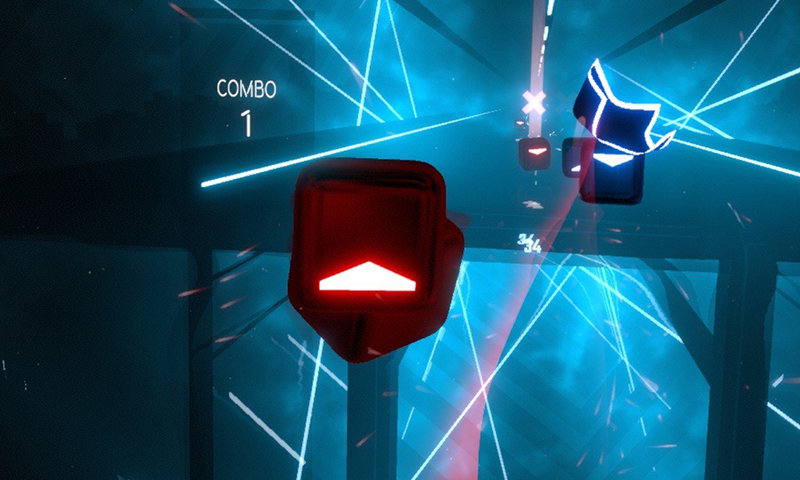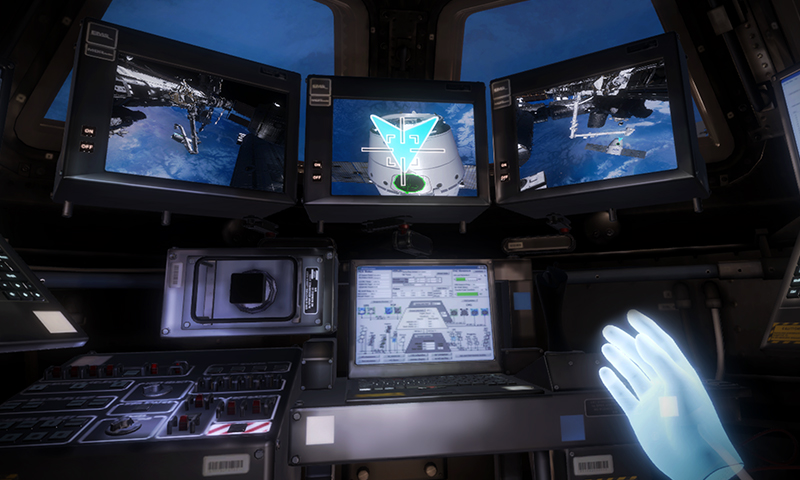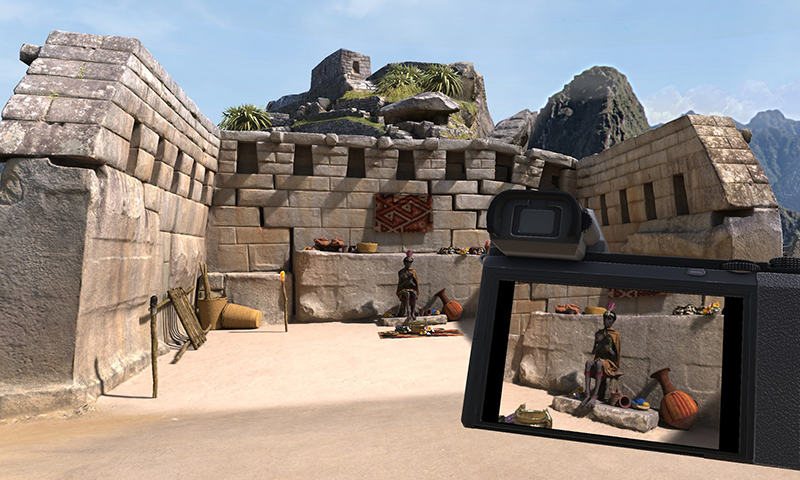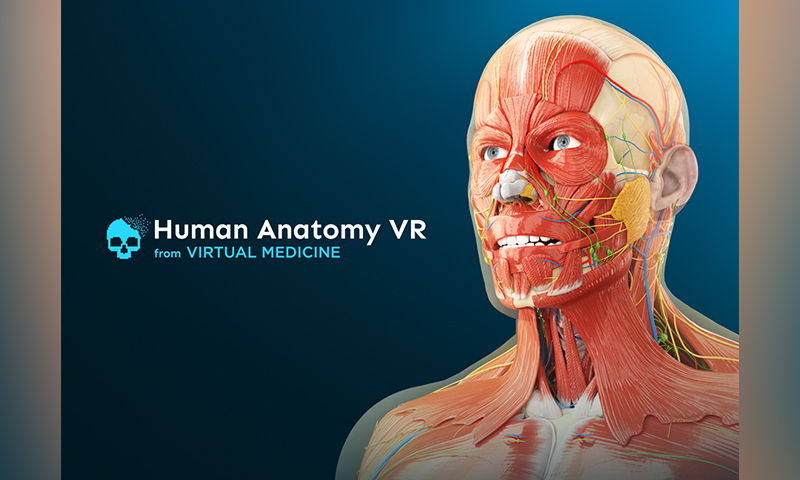Cobus Steyn has been leading international schools in various contexts and positions since 2011, specialising in strategic direction, school improvement, accreditation, and governance structures. Cobus serves on several schools and youth organisation Boards as chair, member, or advisor, with a keen focus on strategy, leadership development, and data analysis. He is currently attending the Doctoral College of the University of Bath, specialising in International Education Leadership and Administration. As a citizen of a Global South country, Cobus is enthusiastic about transformation in international education, which would lead to a more inclusive learning experience for international school students and developing young leaders. He is also very passionate about education in Africa. Over the course of his career, Cobus has lived and worked in six countries on three continents.
In 2002 the neologism “gamification” appeared. In 2011 it started being used in an educational context, referring to the use of certain game elements in a non-gaming environment (for example, “levelling up” in a classroom context as students learn more about a topic). While initially, the phenomenon was introduced in business models and service-training initiatives and used at the university level, it is becoming increasingly popular in classroom settings.
What exactly is the gamification of education and Game-Based Learning?
Well, what it is not is using a computer game to learn. Although some games, such as the Assassin’s Creed franchise, have learning elements. It is not designed to be a tool for teaching and learning beyond superficial explorations or information nuggets. However, a game can be used somewhere along the learning path, at a critical point or multiple points, to act as a learning platform. This is Game-Based Learning.
Certain game elements can be applied to the classroom setting. The normative mechanics usually associated with games (experience points, levels, bonuses, login- bonuses, max level, special avatars etc.) can easily be applied by creative teachers to really engage students and help them take ownership of the learning journey. This is the gamification of education.
The benefits of gamification and game-based learning are immense as it increases students’ engagement in their learning, encourage exploratory behaviours and curiosity, and develop authentic communication regarding the learning process, of which students now take ownership. Because teachers set clear goals and the “promotion” or “skill points” are balanced between challenging and repetitive tasks and skills, students have a greater sense of control over their learning.
There are also applications which have been specifically created to aid with the gamification of education. Google’s Read Along is an app which helps young readers improve their engagement with reading by allocating points or stars as they progress. The App can track if young readers struggle with a word and offer help. Ask any older student about Kahoot! And they will almost certainly say that they love playing them in class. Kahoot! is a fun and interactive way to assess for learning by gamifying quizzes. Students receive points for being the first to answer correctly, and each correct answer gets the point. The app creates a leader board after each round to show progress, and feedback is instant as the correct answer is displayed after each question.
A practical example:
Gamification
If we replace the word “grades” with experience points and allocate a certain number of experience points to denote a level, then we are starting to incorporate gamification in the classroom. We can then add increased benefits for each level.
Teachers create a balance between skills and knowledge and set assignments and tasks to be used as learning (assessment as learning) to enable students to gain experience points. Powerful bonus points can be “won” for challenging tasks. This could be the application of knowledge and new skills to solve problems. However, students can still make progress in “routine” tasks, such as regular completion of homework or research or active engagement (“logging in” each day).
Add to this that students can attempt tasks or assignments many times or a specified number (limited lives). The learning experience has been gamified with the ultimate goal of enabling students to reach “max level” (mastery of the topic being studied).
Game-Based Learning
Virtual and Augmented Reality for primary and middle schools are fairly well developed. The most exciting potential lies with senior students, such as IGCSE and A-Level students.

The Oculus Meta Quest experiences offer by far the most sensational Game-Based Learning designs and the possibilities are truly profound. Beat Saber allows users to smash blocks with their left-, right hand or both hands and in different directions. This is a fun and engaging way to promote hand-eye coordination while assessing information at a quick pace. Players must slice red (left) and blue (right) blocks in the direction of the arrows, and as you progress, the patterns and speed increase.

Mission ISS places users in the International Space Station, offering a real-world (out of this world?) application of Math and Physics to solve problems based upon space walks and other tasks carried out on the ISS.

National Geographic’s Explore VR shows the potential to create immersive content for specific syllabi. It places the user in a home base where they use portals to visit various places, with tasks to complete at each location. Young Historians could visit the Palace of Versailles and observe the Big 3 when learning about peace after World War 1.

The VR Chemistry Lab presents exciting and immersive learning opportunities for students to build molecules and see reactions as they happen. Human Anatomy VR is a mind-blowing experience for biology students to see (and take apart) the entire human anatomy to see muscles, organs, circulatory system, and everything else on a virtual “body.” The connection which could be made between the content taught and the virtual experience is powerful.
Surgineer does not really have an application for education. However, the experience design has great potential to conduct all sorts of experiments. From Science to Geography Fieldwork.
The Possibilities
Gamification can certainly raise student engagement and make learning a much more familiar experience. The potential to engage all students in their learning and allow them ownership of this is exciting.
Game-Based Learning is on the precipice of becoming a game-changer for education. If content creators, curriculum specialists, visionaries and examination bodies come together, teaching and learning could become an incredible and fantastic immersive experience for students. Students can apply knowledge and skills to many scenarios and situations, making their learning tangible and relevant.
Examinations could be conducted in a virtual environment.
Imagine completing a French-speaking examination while enjoying a trip in Paris and ordering from a bistro.
Biology students can, instead of simply labelling parts of a system, manipulate and put them into place whilst explaining the function of each part, or analyse and describe the food chain and interdependencies on the Serengeti.
Physics students can use an augmented world to use different mirrors, prisms, and lenses to heat different liquids, explaining their scientific journey and rigour as they work through the practical.
Geography students can complete a field study on an active Mount Etna.
The possibilities are only limited by our imaginations, and the benefit that this could hold for students is immense.




